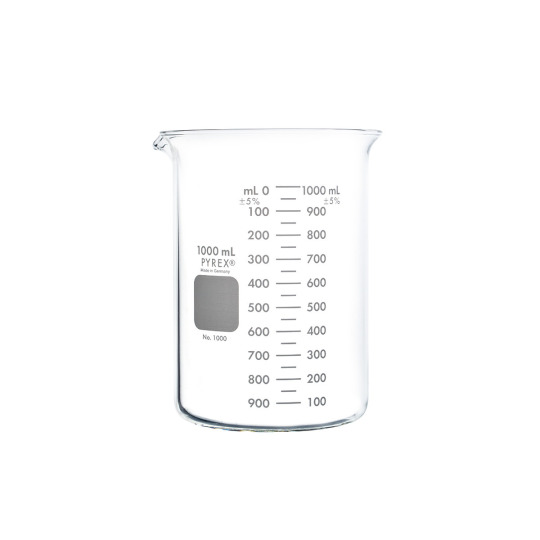Text
In 2017 an American woman bought a painting with a frame at a thrift store for 4 dollars and tossed away the canvas, thinking nothing of it. 5 years later she dug it up out of storage and posted its picture on Facebook looking to find out who was its author. Knowledgeable commentators pointed out that the style of the painting matches that of an iconic painter Newell Converse Wyeth and may very well be an original. Their assumptions were confirmed by an art piece restorer who met up with the woman and examined the painting. Its authenticity was further proved by experts from Bonhams Skinner auction house: the artist’s style and even the frame itself were recognisable. The painting went on to sell for 191 thousand dollars at a Bonhams Skinner auction. A few questions arise from this story: How does one prove the authenticity of an art piece? Can ‘expert opinion’ be trusted with generating knowledge (such as who a piece belongs to) or is it perhaps possible to fabricate it using your status of an ‘art expert’?
One way to prove the authenticity of an artwork is by procuring a signed certificate from a respected authority or a sales receipt from the artist – clear evidence or authority. But in the case of this story neither was applicable. Another way is comparing the piece with its assumed creator’s other works, by a way of observation and deduction. For example, all of artist A’s works have a signature feature (it could be the chemical composition of the paint or the style etc.), therefore, if this painting also has it, it must belong to artist A and no other. The question of proving genuineness is important because the value of art is subjective and a piece could be estimated to be worth thousands of times more than its face value solely because it belongs to a famous artist, and this can be easily exploited. Therefore, proving authenticity should rely on objective tools, that cannot be swayed cultural interpretation etc.
The problem with this is that such tools are not accessible to the general public and only a small community of knowers can access it. Even the most avid art collector won’t guarantee the legitimacy of an artwork just by looking at it. Therefore, it is in the power of ‘experts’ and ‘restorers’ to use their authority to manipulate the value of a piece in the public’s eye for their own benefit. Only as long as there’s an independent knower that doesn’t share these benefits but can call out illegitimacy, the general public is safe from fraud.
0 notes
Text
A new online platform HeyGen has been blowing the minds of internet users. HeyGen uses AI to translate videos into foreign languages while mimicking the speaker’s voice and manner of speech. It can also generate clips out of thin air following a given prompt. While this platform is fascinating and has huge potential to make information more accessible for the modern man, it can also be exploited for malicious purposes. For example, if it becomes so advanced that reality is unintelligible from an ai generated product, this technology could be used to commit identity fraud. Also, if society becomes reliant on this tool, it may be manipulated to push an agenda (for example, a platform similar to HeyGen might be created that distorts the translation of its users’ videos ever so slightly to change the viewer’s perspective on its subjects). Other questions arise too: If language barriers become no longer a problem, will it reduce the incentive to learn them? Is it then ethical to introduce this technology to the public if it might mean the disappearance of “endangered” languages? The knower must question the intentions and implications of using generative AI, what sources of knowledge it is based etc.
First order question: What can be created with generative AI?
Second order question: How objective is the authenticity of videos created using generative AI?
0 notes
Text

To what extent is certainty attainable?
In some cases, certainty is unattainable. For example, some hypotheses cannot be proven to be objectively true, only repeatedly tested or disproven. Margin for human error also makes it impossible to make accurate measurements. What degree of uncertainty do we then consider negligible?
The object that relates to my prompt is a beaker that is used in my chemistry classes to mix liquids. It has scales that indicate the volume of the liquid it contains. To identify the exact volume of the liquid, one needs to position themselves on eye-level with the its edqe and determine where the lower meniscus is in relationship to the scale.
Multiple problems arise here: the scale interval is too great to make an accurate observation; it is likely that you will incline your head ever so slightly to make a flawed assumption of where the line is; the shape of the flask may be almost invisibly deformed so that its volume varies by an infinitely small amount from reality. What the object illustrates is that no matter how specific a measurement is, it is impossible for humans to observe an infinitely miniscule distinction between it and reality, which means margin for human error is always present. There are also always variables we cannot influence that may skew the results. As carrying out experiments with measurements is imperative to natural sciences, the unattainability of certainty has to be taken into account.
(выложила пост на другом аккаунте в срок, но аккаунт удалили)
1 note
·
View note